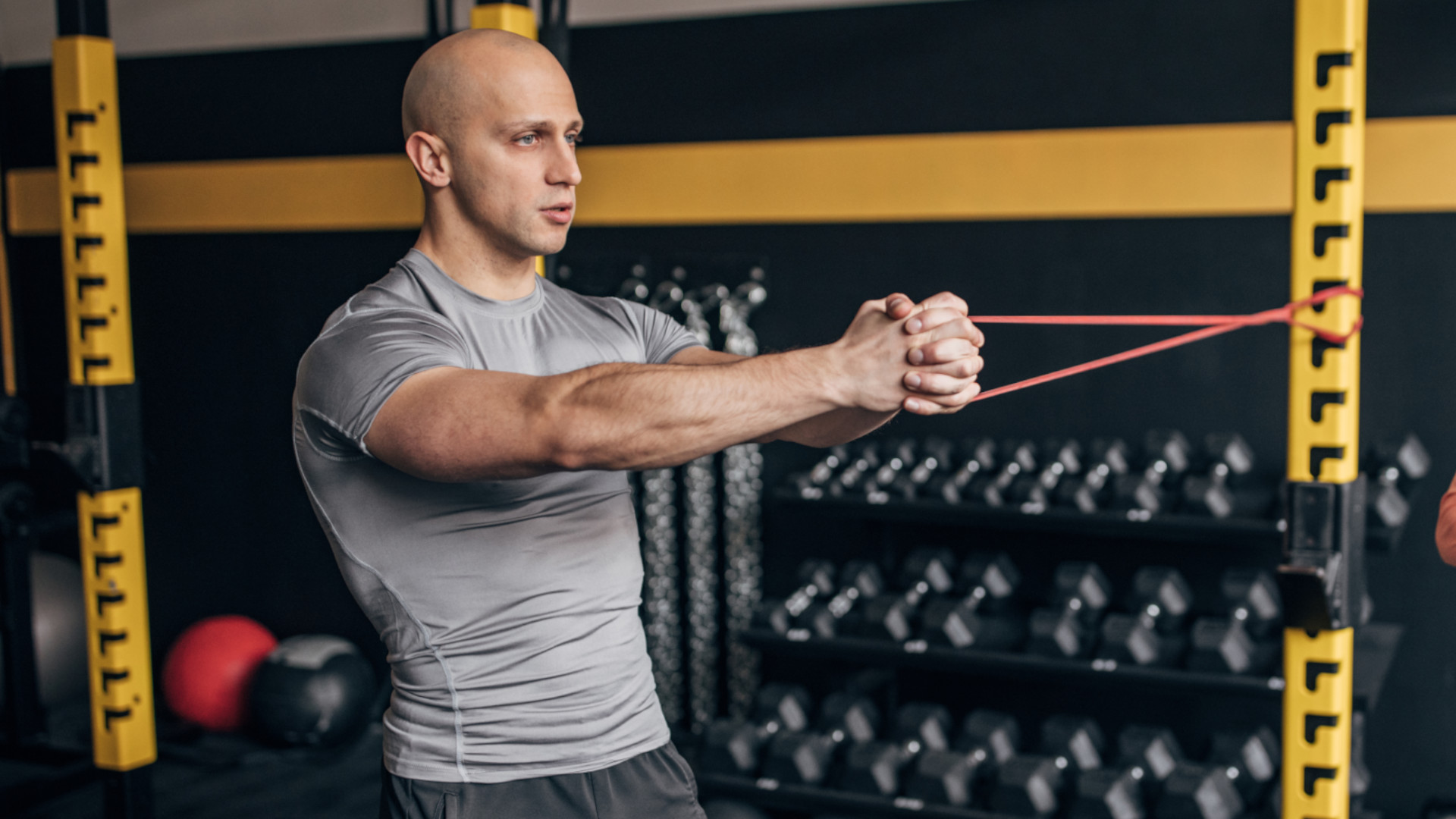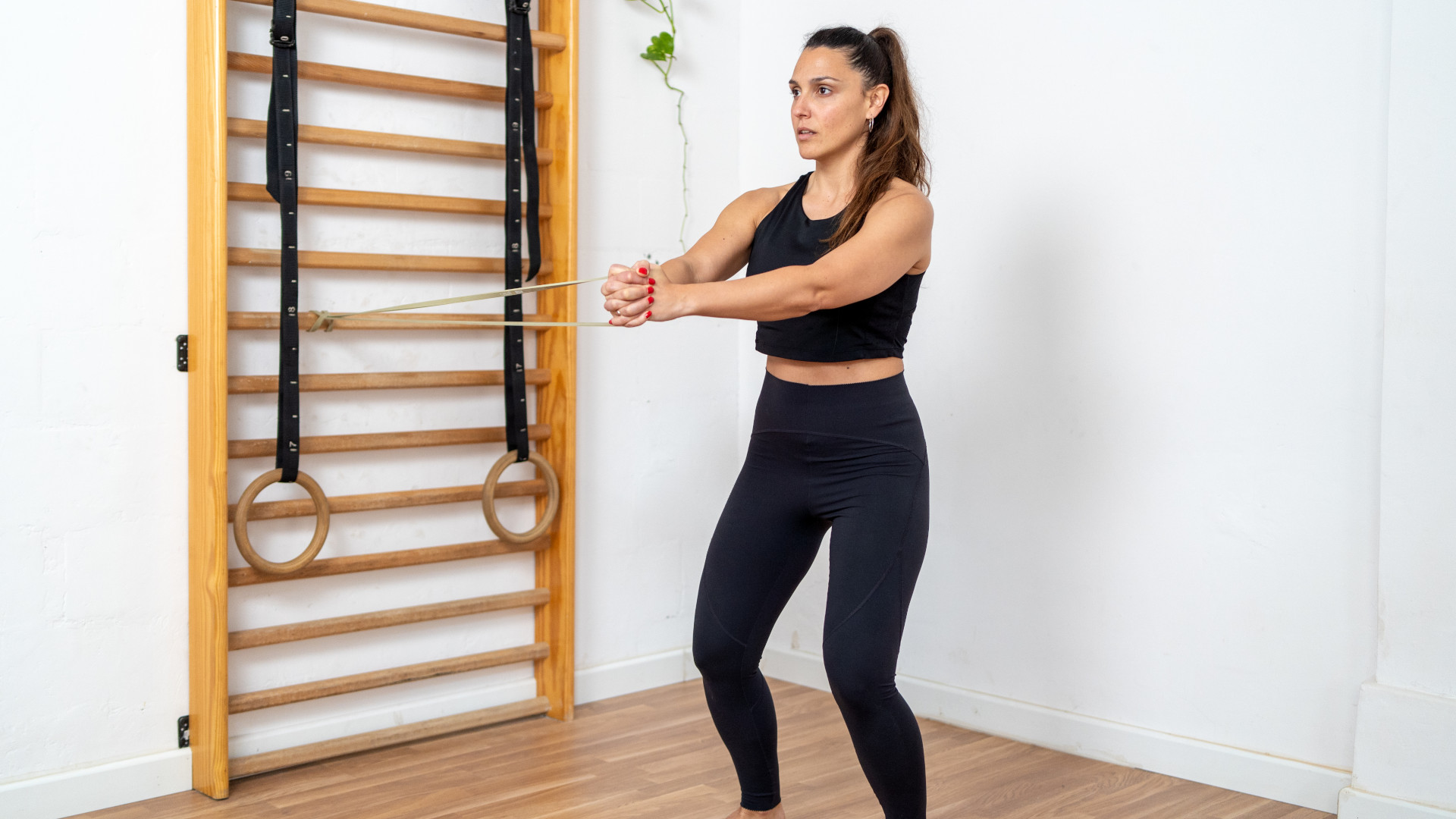
A few weeks ago I found myself in a bit of a huff and ranting to a colleague, as my deadlift progress had come to a sudden halt and my lower back was in pain. His blunt response: “Your core clearly isn’t strong enough”.
Taken aback, I started to list all the core exercises in my current training – front squats, farmer carries, GHD sit-ups, walking lunges – and proceeded to get on the floor in the office and hold the plank for as long as I could (three minutes).
He laughed: “Bryony it’s quite obvious, you need to start including rotational and anti-rotational core exercises.”
What are rotational and anti-rotational core exercises?
Our body works in three planes of motion: sagittal (up, down, forwards and backward), frontal (side-to-side) and transverse (rotational). To build well-rounded core strength, we need to include exercises that use all three movement patterns. However, rotational exercises – through the transverse plane – can often get missed out, particularly over exercises in the sagittal plane (think sit-ups, crunches, squats, hollow holds ,etc).
As the name implies, rotational core exercises involve twisting the torso and hips to engage the core muscles. “These exercises use isotonic contractions, meaning the muscles lengthen and shorten through motion,” says Eryn Barber, Personal Trainer at The Fitness Group.
“Rotational exercises primarily target the internal and external obliques, rectus abdominis, transverse abdominis, and erector spinae.”
Examples of rotational core exercises include:
- Russian twists
- Woodchops
- Medicine ball rotational throws
- Landmine twists
You’ve then also got anti-rotational exercises, which are arguably more crucial for building strength and stability. This is done by resisting rotational movement. “These movements involve isometric contractions, where the core muscles remain engaged without changing length. The focus is on stabilising the spine and maintaining posture.”
Examples of anti-rotational core exercises include:
- Renegade rows
- Pallof press
- Plank shoulder taps
- Deadbugs
If we favour certain movement patterns more than others (or miss them out entirely), we can end up limiting our range of motion which, in turn, can leave serious gains on the table and increase our risk of injury. The more we include, the more capable our body can become at dealing with different types of movement.
What happened when I added these exercises to my training

Firstly, I’d like to clarify that I did not add all these exercises to my workouts. Instead, I decided to incorporate pallof press (anti-rotational) and woodchops (rotational) into a couple of my training days, doing three sets of 10 reps on each side of my body. I used a resistance band (as I keep a few different ones in my gym bag), but you can also do both on a cable machine.
The biggest difference I noticed was that the lower back pain I’d be experiencing during my deadlifts and front squats reduced significantly. “Core stability plays a critical role in many forms of training, especially lifting heavy in compound movements like squats and deadlifts, where a stable core helps conserve energy and maintain proper form,” explains Eryn. I found that I didn’t even reach for my weightlifting belt either – which was a first!
Eryn also notes that anti-rotational exercises, in particular, are especially valuable when it comes to heavy lifting: “This is because they train the body to resist unwanted movement, improving performance and preventing compensations elsewhere.”
When I watched my deadlifts back (it’s always a good idea to film them to keep an eye on your form), not only did my form, from start to finish, look stronger, but I looked much more powerful too. My total weight for each set was much higher than the previous week also. Was I flexing my pelvis afterwards, trying to eradicate the pain out of my lower back? Nope!
The real challenge now (as with everything) is remaining consistent and keeping it up. If side planks and crunches, or sit-ups, make up the majority of your core training, try adding in some rotational and anti-rotational exercises – it could be the small change that makes a big difference in building a stronger, more functional core.







